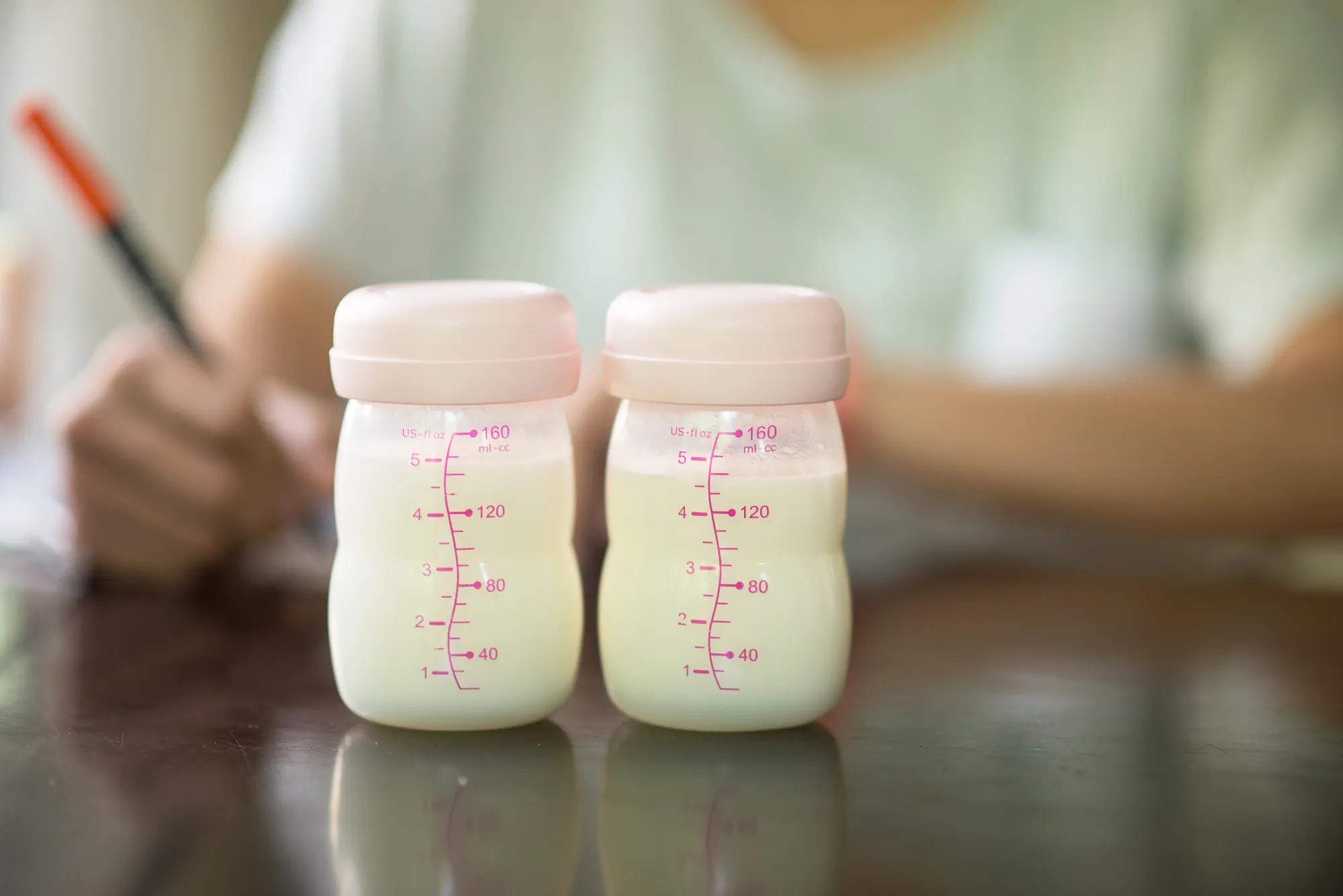Inicio
Pregnancy, Breastfeeding, and Pumping: The Ultimate Guide for Moms
How Many Times Can You Breast Pump a Day: A Comprehensive Guide

How Many Times Can You Breast Pump a Day: A Comprehensive Guide
Breast pumping is an essential practice for many mothers, whether they are returning to work, managing low milk supply, or simply seeking flexibility. Understanding how many times you can breast pump a day is crucial for maintaining milk production and ensuring your baby receives adequate nutrition. This guide explores the factors that influence pumping frequency, offers practical tips, and provides insights into balancing pumping with breastfeeding.
Understanding Breast Pumping Frequency
The number of times you can breast pump a day depends on several factors, including your milk supply, your baby's feeding schedule, and your personal circumstances. Generally, mothers are advised to pump as often as their baby would naturally feed, which is typically 8 to 12 times in a 24-hour period. However, this can vary based on individual needs and goals.
Factors Influencing Pumping Frequency
Several factors can influence how often you should pump:
- Milk Supply: If you have a low milk supply, frequent pumping can help stimulate production. Conversely, if you have an oversupply, you may need to pump less often to avoid discomfort.
- Baby's Feeding Schedule: Pumping should align with your baby's feeding times to maintain a consistent milk supply.
- Work and Lifestyle: Mothers returning to work may need to pump more frequently during the day to ensure they have enough milk for their baby.
- Comfort and Convenience: Pumping should be comfortable and fit seamlessly into your daily routine.
Optimal Pumping Schedule
An optimal pumping schedule balances your baby's needs with your own. Here are some general guidelines:
- Newborns: Pump every 2 to 3 hours, mimicking a newborn's feeding pattern.
- Older Babies: As your baby grows and feeds less frequently, you can reduce pumping sessions to 4 to 6 times a day.
- Working Mothers: Aim to pump every 3 to 4 hours during work hours to maintain milk supply.
Tips for Effective Pumping
To make the most of your pumping sessions, consider the following tips:
- Stay Hydrated: Drink plenty of fluids to support milk production.
- Relax: Stress can hinder milk flow, so find a comfortable and quiet place to pump.
- Use Proper Technique: Ensure your breast pump is used correctly to maximize efficiency and comfort.
- Store Milk Safely: Follow proper storage guidelines to keep your milk fresh and safe for your baby.
Balancing Pumping and Breastfeeding
Balancing pumping with direct breastfeeding can be challenging but is achievable with the right approach. Here are some strategies:
- Pump After Feeding: Pumping after breastfeeding can help empty the breasts and stimulate further milk production.
- Alternate Feeding and Pumping: Alternate between direct breastfeeding and pumping sessions to maintain a consistent milk supply.
- Monitor Your Baby's Needs: Adjust your pumping schedule based on your baby's growth and feeding patterns.
Common Challenges and Solutions
Breast pumping can present challenges, but there are solutions to common issues:
- Low Milk Supply: Increase pumping frequency and ensure proper hydration and nutrition.
- Engorgement: Pump more frequently to relieve discomfort and prevent blocked ducts.
- Time Management: Plan pumping sessions around your daily activities to ensure consistency.
Understanding how many times you can breast pump a day is essential for maintaining milk supply and meeting your baby's nutritional needs. By considering factors such as milk supply, feeding schedules, and lifestyle, you can create an effective pumping routine. With the right approach, you can balance pumping and breastfeeding, ensuring both you and your baby thrive.
Compartir

